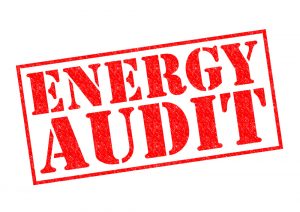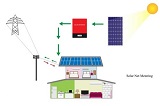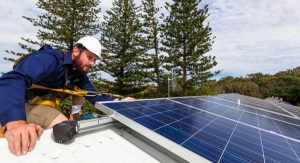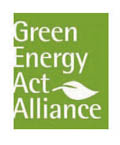Ontario accounts for a significant portion of Canada’s solar market. However, recent clean energy contract cancellations have plunged the industry into uncertainty.

Long-Term Concerns
John Gorman, president and CEO of Canadian Solar Industries Association, has predicted lost business for Ontario’s installers, electricians and contractors since the government cancelled the contracts in July. CanSIA estimates the cancellations will cost 6,000 jobs and half a billion dollars of investment throughout the province.
CanSIA released a statement on the cancellation saying more than 90 percent of the contracts were linked to small rooftop installations for farmers, First Nations communities, schools and cities. Gorman also called the administration’s argument that canceling contracts would save ratepayers money “preposterous” and “not factual,” because ratepayers haven’t yet begun to pay for any of the projects.

Renewables Are Still in Demand, Despite Contract Cancellations
Though the sweeping contract cancellations are undoubtedly a setback, Gorman has also admitted there remain reasons to be optimistic about the state of the market in Ontario, as well as elsewhere in Canada.
“The optimism comes from very early discussions, which show that there is support for solar under new terms,” said Gorman, including “a focus on cutting red tape, a focus on saving [ratepayers] money, and [securing] private-sector financing for these projects.”
During his campaign, Ford did make some promises about updating the renewable energy industry. Experts hope that means a push toward adding more renewables, specifically solar. However, the Ford administration’s position on clean energy policy remains murky, aside from the rapid decision to pull out of the 758 contracts.
Meanwhile, however, other provinces are working on their own green energy programs. As a result, investment dollars and development are likely to shift westward, to provinces like Saskatchewan and Alberta. Both have set ambitious targets to reach renewable energy by 2030: 50 percent in Saskatchewan and 30 percent in Alberta.
Alberta has launched their Municipal Solar Program to provide financial incentives to municipalities within the province that install solar panels on government lands or buildings. Alberta also generates 1,479 megawatts of wind energy. Saskatchewan has started utility-scale procurements, while the eastern province of Nova Scotia has implemented an incentive program for climate-related funds and energy-efficiency programs.











